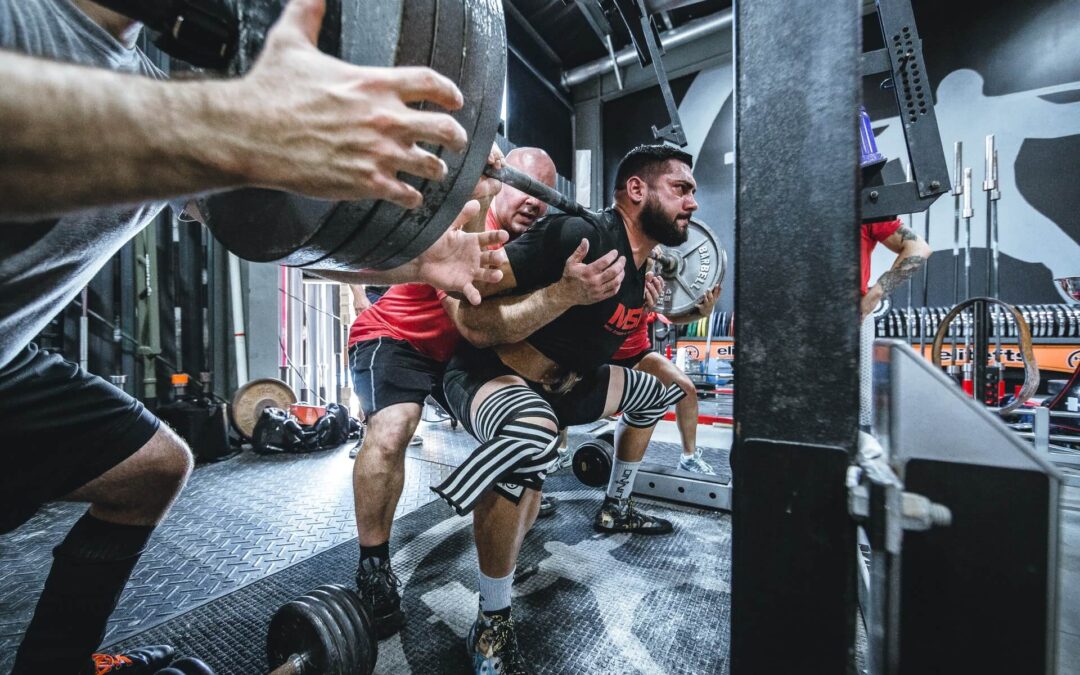Let’s tackle the debate on squat depth. While some advocate for “ass to grass,” others caution against going below parallel. There’s no universal rule; it’s about finding what works best for you.
The Science
In a comprehensive review of the available research of the biomechanics of squat, (Rafael Escamilla (2001) Medicine & Science in Sports & Exercise, 33(1), 127-141), Escamilla assesses the forces and muscle activity involved in different squatting styles. The important points are:
- Moderate load is placed on the PCL (posterior cruciate ligament) during the squat, which increases as the knee flexes. The PCL force occurs after 60 degrees of knee flexion with forces from ¼ to ½ of what the PCL is capable of handling, and so the squat exercise is perfectly safe for athletes with a healthy PCL. Those recovering from PCL injury should restrict the range of movement to no greater than 60 degrees of knee flexion. The Pistol squat places the greatest amount of stress on the PCL.
- ACL (anterior cruciate ligament) forces were generated at the top part of the squat from 0-60 degrees of knee flexion. However the ACL loads are found to be low and should be safe for ACL patients to include in their programs. However, to stay on the safe side, by increasing the forward lean of the trunk and less knee bend during the squat, ACL stress can be reduced greatly due to the increased hamstring and glute activity.
- Fast squatting (one second ascent and one second descent) produced up to 30% greater shear forces than slower speed squats (two seconds each phase). Therefore anyone who has had a ACL or PCL injury are best to squat slow and controlled.
- There is no data concerning the maximum compression force that is safe for the joint, but one can assume that if very high loads are produced on a regular basis then meniscus and cartilage injury risks will increase.
- The heavier the weight, the more compressive force on the joint, however the amount of shear force stays relatively the same.
Squatting in Knee Rehabilitation
ACL Injury
There is low ACL stress during the squat. Slow squatting, not training to fatigue, and leaning forward from the hips to keep the shins more vertical will limit shear forces on the injured ACL.
PCL Injury
There is moderate stress on the PCL which increases with squat depth. Limit your squat to 60 degrees of flexion, which means not going to parallel (which is 90 degrees) or past parallel.
Meniscus Injury
If you’ve had a meniscus tear, avoid deep squatting and squatting with high loads.
In all squatting, make sure you keep the knees out over the toes to reduce force acting on the inside or outside of the knee.
Healthy Knees
Data suggests that if you are not injured and have healthy knee joints, it is not harmul to squat below parallel.
Variety will always be key so ensure you have a sensible and variable program which allows for different squat depths, loads, training speeds and frequently rotate exercises.
In conclusion, the debate over squat depth hinges on individual factors and biomechanical considerations. Research indicates that moderate stress on ligaments like the PCL and ACL can be managed with proper technique and controlled movement. For those in knee rehabilitation, adjustments in squat depth and speed can mitigate risks. Ultimately, a balanced approach to training, including varied exercises and loads, is crucial for knee health and overall fitness. For a personalised assessment and program, feel free to get in touch.
